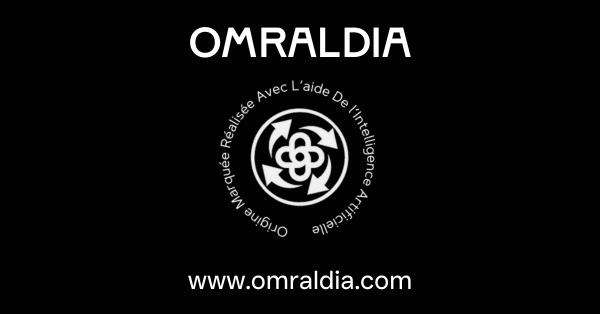The Potential Benefits of Adopting a single Standard for Marking AI-Assisted Works

Introduction
As artificial intelligence (AI) becomes increasingly integrated into creative and intellectual processes, it may become desirable for transparency about mankind’s creations that us AI tools.
Establishing an internationally recognised and accepted standard for marking works created with AI assistance could offer significant benefits for creators, consumers, and society at large.

Enhancing Transparency and Trust
- Clear Attribution: Marking AI-assisted works could ensure that audiences understand the extent of human versus machine contribution, fostering trust in the authenticity and originality of the content.
- Consumer Awareness: Readers, viewers, and users could make informed decisions about the media they consume, knowing whether a work was generated, edited, or influenced by AI.
- Combating Misinformation: Transparent labeling could help prevent the spread of misleading or deceptive content notably in areas like news, academic publishing, and social media.
Supporting Ethical Standards
- Accountability: Clear markers could aid assignment of responsibility for AI-generated or AI-assisted content, making it easier to address issues of bias, errors, or misuse.
- Respect for Human Creativity: Distinguishing between human and AI input upholds the value of original human creativity and innovation, ensuring proper credit is given where due.
- Informed Consent: Users interacting with AI-generated materials could be enabled to make decisions on informed consent – especially in “sensitive” areas such as healthcare, education, or legal services.
Facilitating Regulation and Compliance
- Global Consistency: An internationally adopted standard could streamline compliance for creators and organisations operating across borders – may be reducing legal ambiguity.
- Enabling Oversight: Regulators and watchdogs could more efficiently monitor AI’s impact on society, culture, and the economy when works are clearly labeled.
- Protecting Intellectual Property: A widely adopted marking could help resolve disputes over ownership and copyright by clarifying the role of AI in the creation process.
Promoting Innovation and Collaboration
- Encouraging Responsible AI Use: Clear guidelines for marking AI-assisted works could foster responsible experimentation and collaboration between humans and machines.
- Democratizing Creativity: By “legitimising” AI-assisted creation, more people could participate in creative industries, knowing their contributions will be transparently recognised.
- Supporting Research: Marked datasets and works could enable researchers to study the influence of AI on creativity, productivity, and cultural trends.
Enabling Better Search and Discovery
- Improved Metadata: Marked works could be more easily indexed, searched, and filtered by platforms, benefiting both consumers and content distributors.
- Tailored Experiences: Users could choose to prioritise, exclude, or specifically seek out AI-assisted content based on their preferences.
TL;DR (Summary)
An internationally adopted, accepted means for marking works created with the aid of artificial intelligence could prove desirable for building a transparent, ethical, and innovative future.
Such a standard could not only protect the interests of creators and consumers but also support the responsible evolution of AI technologies within human society.